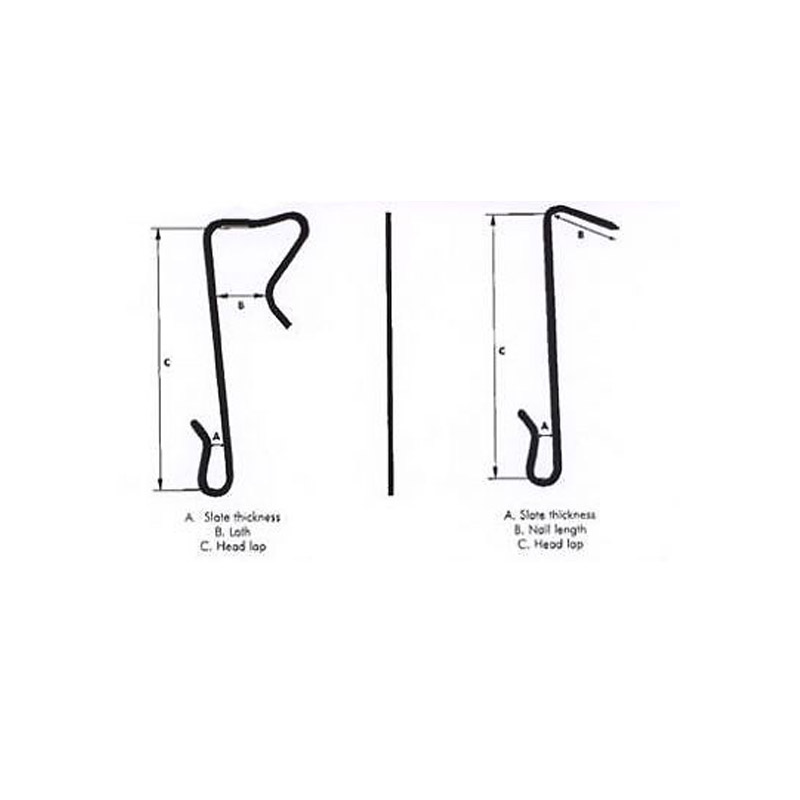
- Mobile Phone
- +8613931874955
- sales@cntcmetal.com
Exploring the Role of Cavity Ties in Structural Engineering Design and Stability
Understanding Cavity Ties An Essential Component in Modern Construction
In the world of modern construction, ensuring structural integrity and durability is paramount. One of the key elements that contribute to this stability is the use of cavity ties. These simple yet crucial components play a significant role in maintaining the performance of external walls, especially in cavity wall construction. This article will delve into what cavity ties are, their types, applications, benefits, and best practices for their installation.
What Are Cavity Ties?
Cavity ties are metal connectors that are used in masonry construction. They serve to connect the two leaves of a cavity wall, which typically consists of an outer leaf, often made of brick or stone, and an inner leaf, usually constructed from concrete block or similar materials. The primary function of cavity ties is to provide lateral support to the outer leaf, ensuring it remains attached and stable while allowing for drainage and airflow within the cavity.
Types of Cavity Ties
There are several types of cavity ties, each designed for specific conditions and requirements. The most common types include
1. Stainless Steel Ties Known for their excellent corrosion resistance, these ties are ideal for areas exposed to harsh weather conditions. They are often the preferred choice for coastal constructions.
2. Galvanized Steel Ties Coated with a layer of zinc, these ties provide decent corrosion resistance and are suitable for a variety of applications where exposure to moisture is moderate.
3. Polymer Coated Ties These ties have an additional polymer coating, which enhances their resistance to corrosion and minimizes the risk of chemical reactions with masonry materials.
4. Anchorage Ties These are specially designed for high-strength applications and are often used in areas subject to high winds or seismic activity.
Applications of Cavity Ties
Cavity ties play a vital role in various construction scenarios, including residential homes, commercial buildings, and industrial structures. They are particularly essential in
cavity ties

- Weather-Resistant Structures By allowing moisture to drain out effectively while securing the outer leaf, cavity ties help prevent issues related to dampness and mold.
- Regulating Temperature The cavity created by the two leaves not only serves to insulate the building but also enables airflow, aiding in temperature regulation within the structure.
- Supporting Aesthetic Design Cavity walls allow for varied artistic expressions, combining different materials and designs while maintaining structural integrity with the help of cavity ties.
Benefits of Using Cavity Ties
1. Structural Stability Cavity ties offer significant resistance against lateral forces, ensuring that the outer leaf does not sway or collapse in harsh weather conditions.
2. Durability With the right type of cavity tie, the longevity of the entire wall assembly is enhanced, reducing maintenance costs in the long run.
3. Versatility Their adaptability to different construction methods makes them a preferred choice among architects and engineers.
4. Energy Efficiency A properly installed cavity wall can enhance energy efficiency by providing better insulation, which translates to reduced heating and cooling costs.
Best Practices for Installation
To maximize the effectiveness of cavity ties, it is critical to follow best practices during the installation process. This includes ensuring that ties are spaced correctly according to the building's height and wind load requirements, ensuring proper alignment for effective drainage, and selecting the appropriate type based on environmental and structural factors.
In conclusion, cavity ties are an essential component in contemporary construction, providing stability, longevity, and efficiency to cavity wall systems. By understanding their types, applications, benefits, and installation practices, builders can ensure that their structures remain safe and efficient for years to come.
share:
-
Yard Sign Stakes: Reliable Guardians of Outdoor SignsNewsAug.04,2025
-
Wall Ties: Invisible Guardians of Building StabilityNewsAug.04,2025
-
Resilient Web: The Super Guardian Power of Concrete MeshNewsAug.04,2025
-
Masonry Accessories: A versatile assistant on building foundationsNewsAug.04,2025
-
Iron Binding Wire: the 'invisible reinforcement specialist' in the fields of architecture and industryNewsAug.04,2025
-
Dynamic Spring: The diverse functions and excellent performance of Wire Tension SpringNewsAug.04,2025
-
Your Source for Concrete Wall Ties and Masonry AccessoriesNewsJul.10,2025



















